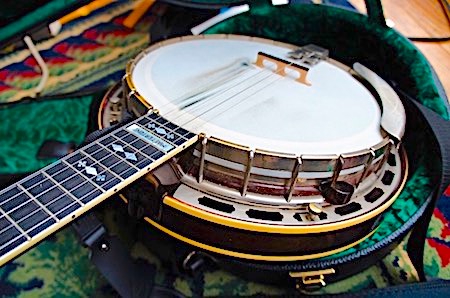 Jazz Banjo Blues
Jazz Banjo Blues
From Earl Scruggs’ “Foggy Mountain Special,” to Chuck Berry’s “Johnny B. Goode,” the 12 Bar Blues is an uniquely American art form. Here is a brief study of just some of the variations of this classic progression beginning with basic chords to a standard jazz-style arrangement.
Part 1 – The Chords
The basic chord types used in 12 Bar Blues can be reduced to three primary groups:
- Major
- Minor
- Dominant Seventh
Example #1
Here is a standard 12 bar blues form in 4/4 time. It consists of a G chord for 4 measures followed with two measures of C and then two more measures of G. The last four measures are split with two measures of D and G:
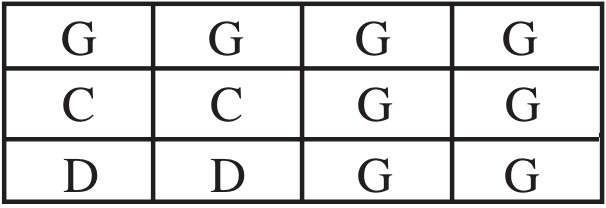
From this basic form, many variations are possible. In this next example, the second measure has the common “quick to four” variation in the second and tenth measures:
Example #2

The use of dominant seventh chords is also common:
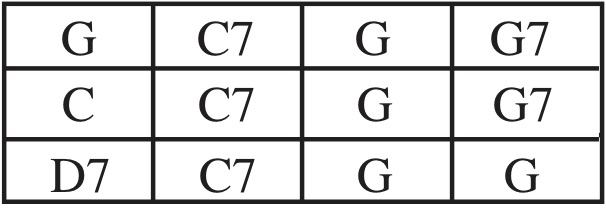
Finally in example #4, we add IIm7-V7 measure cadences and diminished seventh chords to form the standard jazz model:
Example #4

Here’s a chord chart using simple three-note chords:
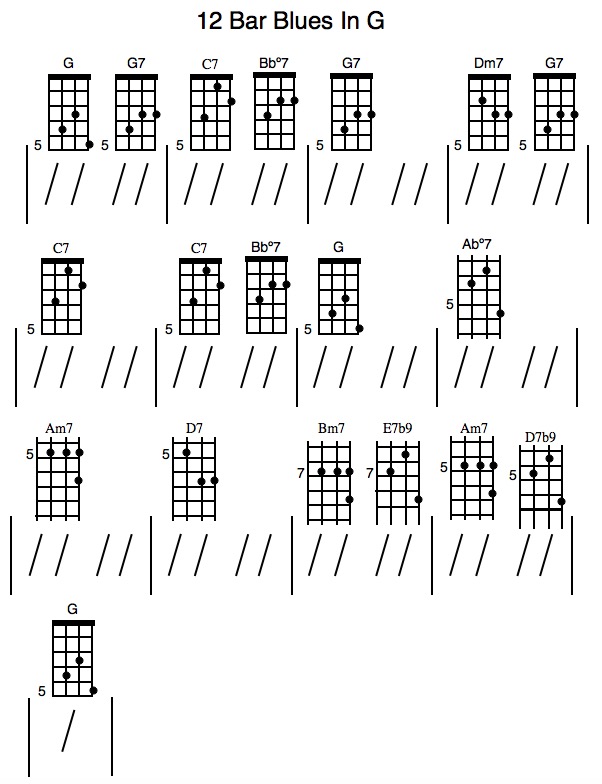
Sound File:
Dominant chords like D7b9 and diminished chords are embelishments creating voice-movement.
Here is an 8th note study for chord-connection and ear training:
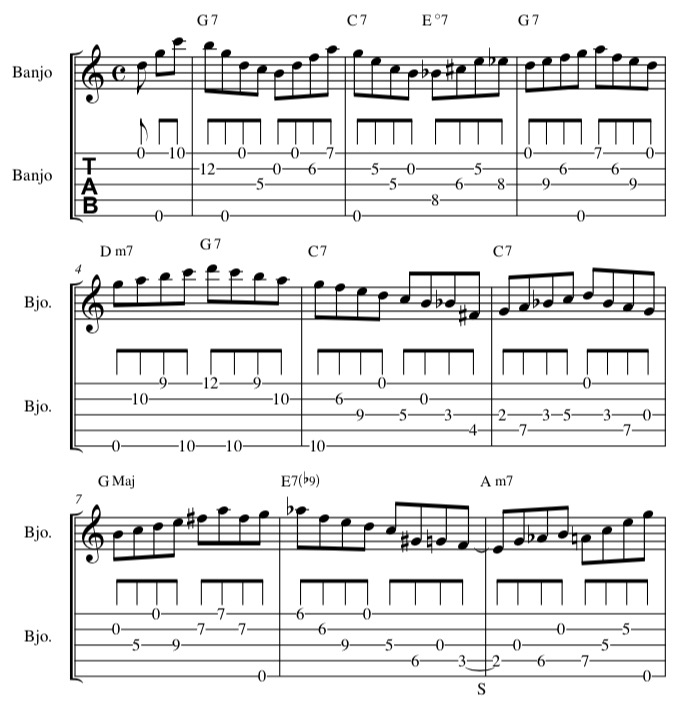
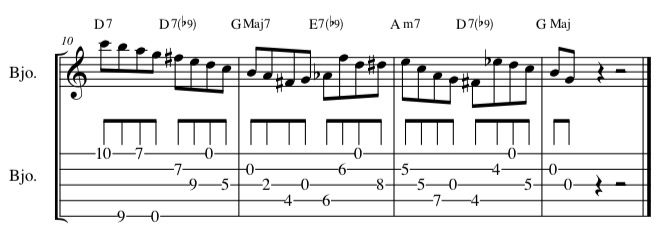
Sound file with piano chords:
Sound file played on banjo:
